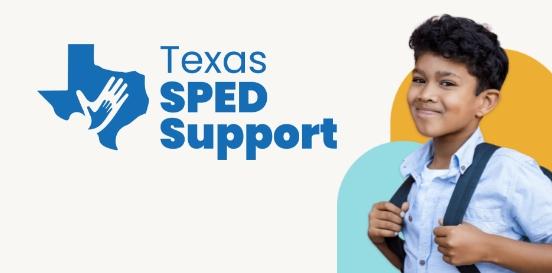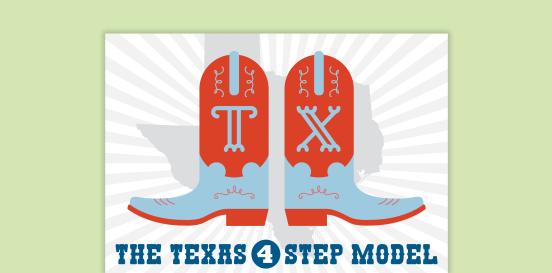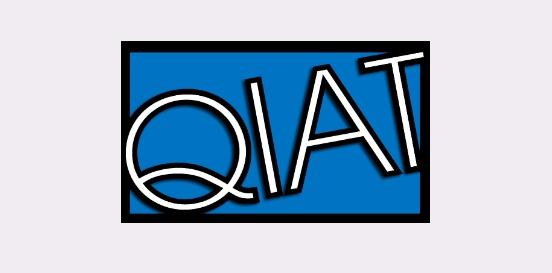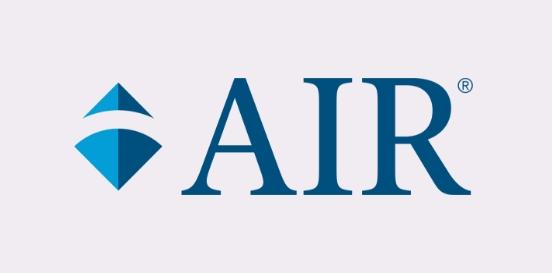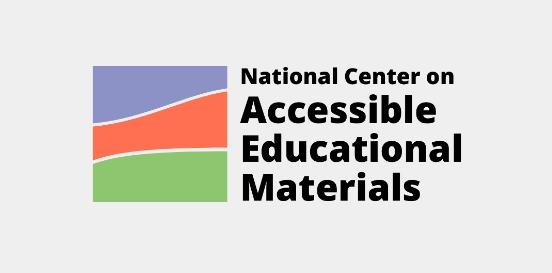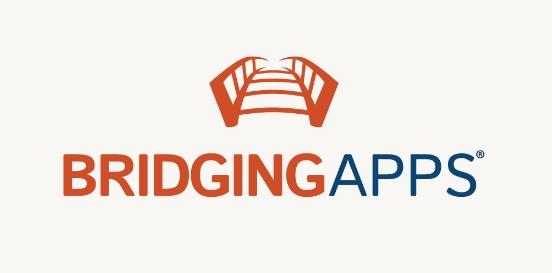Communication Board
A communication board serves as a platform, whether physical or digital, comprised of symbols, pictures, or photos, which a student familiarizes themselves with to interact with their surroundings. By gesturing, pointing, or even blinking at these images, the user can effectively communicate with others. Additionally, communication boards can extend to expansive displays of symbols in playgrounds, facilitating communication and decision-making for students in public places (e.g., playscape).
Considerations
Take the following considerations into account when selecting and implementing AT to ensure that the chosen tools are well-suited to the student’s needs, align with their goals, and seamlessly integrate into their educational journey. By embracing a collaborative approach and considering the specific skills, tasks, and implementation context, educators can provide students with the necessary support to thrive academically and functionally, promoting inclusivity and fostering their overall success.
Skills and Tasks What skills or tasks will the student utilize this tool for? What areas, functional or academic, does this tool support?
Communication/Voice
Implementation Context In what activities, classes, or environments will the student utilize this tool?
Communication boards represent a form of augmentative or alternative communication (AAC) apparatus, ranging from basic, handcrafted boards to sophisticated computerized programs. They serve a variety of purposes across educational institutions, households, healthcare facilities, and other community settings.
For some individuals, AAC remains a lifelong necessity, while others may utilize it temporarily, such as during periods of speech impairment due to medical procedures.
AAC encompasses a wide array of options. No-tech and low-tech solutions include gestures, facial expressions, writing, drawing, spelling words by pointing to letters, and indicating preferences through photos, images, or written words.
On the other hand, high-tech alternatives feature the utilization of communication apps on devices like tablets or tablets, as well as employing computers equipped with speech-generating capabilities, commonly referred to as "voices."
A communication board is an assistive technology tool used in classrooms to support students with communication difficulties. It's a visual aid that helps students express their needs, thoughts, and ideas when verbal communication is challenging or not possible.
Here's how a communication board typically works:
- Visual representation: Communication boards are usually made up of symbols, pictures, or words representing various concepts, actions, objects, or feelings. These visuals help students understand and convey their messages.
- Customization: Communication boards can be customized based on the individual needs and preferences of the student. They can include commonly used words and phrases, specific vocabulary related to classroom activities, or personal interests of the student.
- Navigation: Depending on the complexity of the board, navigation methods may vary. Some boards are designed with categories or sections, while others may use a grid layout where users point to or select symbols or words to communicate.
- Communication partners: Teachers, aides, or peers may be trained to use the communication board effectively with the student. They can facilitate communication by asking questions, providing choices, or modeling how to use the board.
- Augmentative and Alternative Communication (AAC): Communication boards are a form of AAC, which encompasses all forms of communication other than oral speech. AAC can range from low-tech options like communication boards to high-tech solutions such as speech-generating devices.

